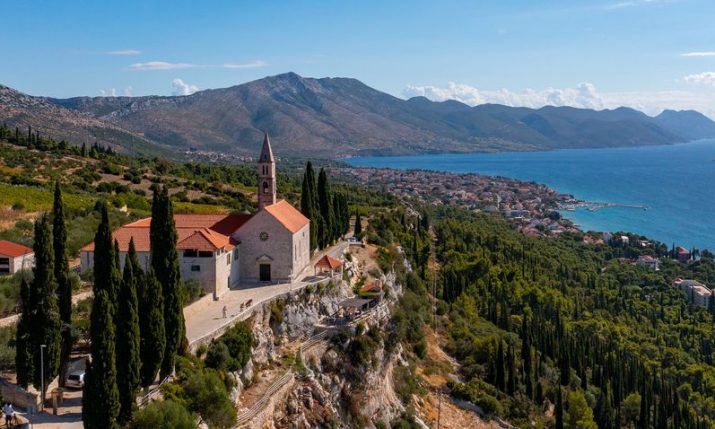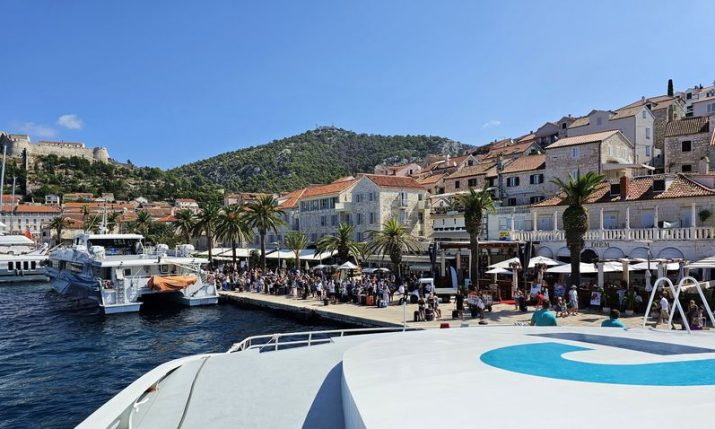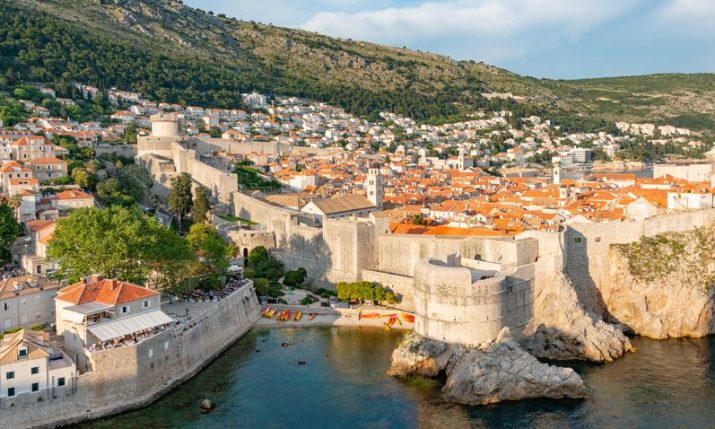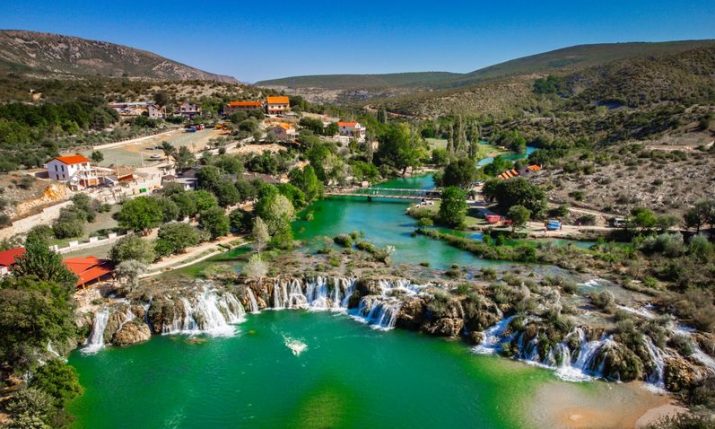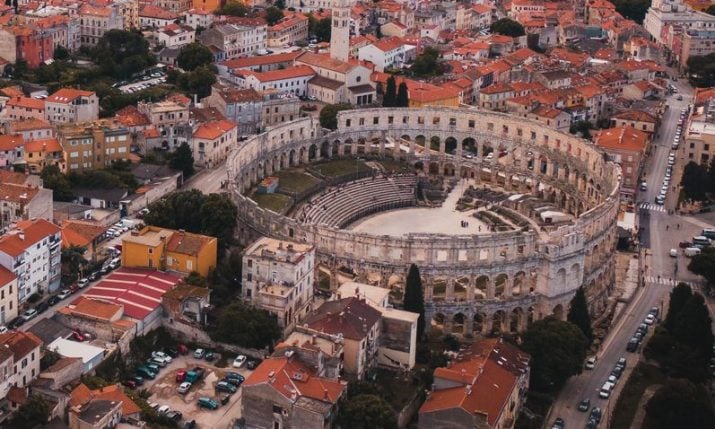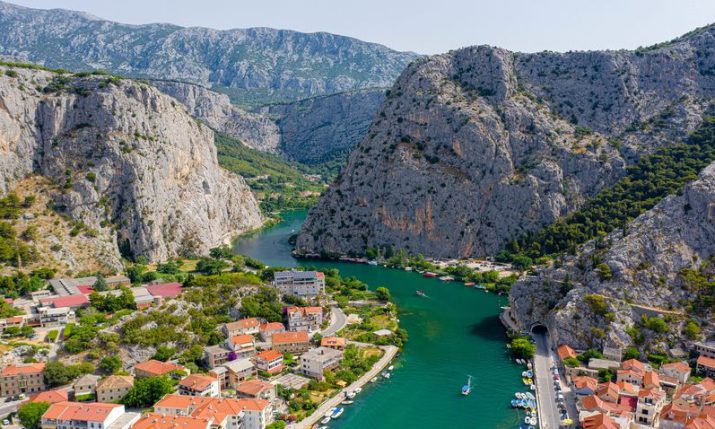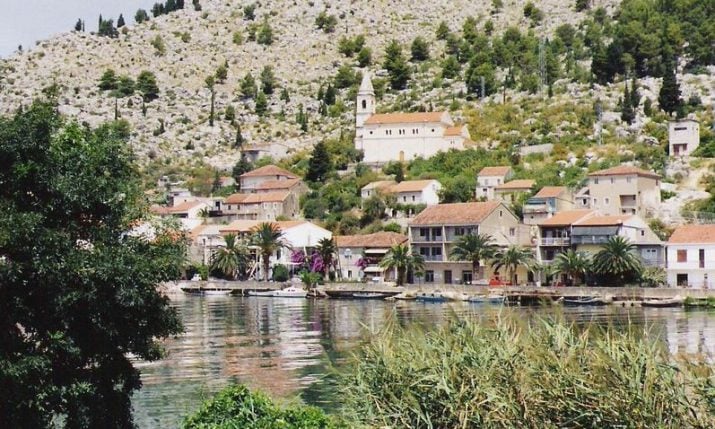The Walls of Ston: Croatia’s spectacular and unique defensive structure
- by croatiaweek
- in Travel
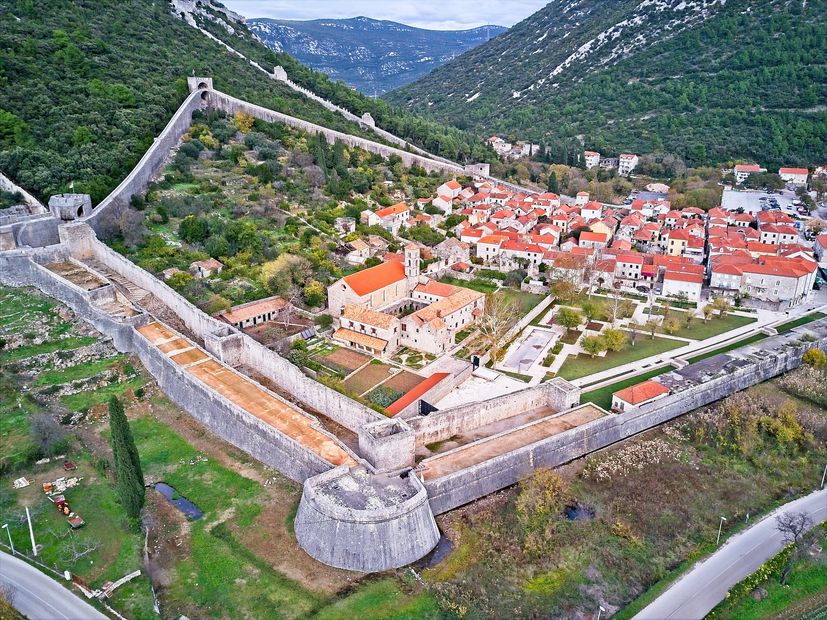
(Photo credit: TZ općine Ston)
The Walls of Ston in Croatia are a remarkable example of medieval fortifications, and a must-visit destination for tourists.
These stone walls, originally over 7 kilometers long, were constructed in 1358 to protect the city of Ston, part of the Republic of Ragusa in southern Croatia. Today, the Walls of Ston are one of the world’s longest preserved fortification systems, comprising of 40 towers and 5 fortresses.
The Walls of Ston were known as the “European Great Wall of China” due to their impressive size and strength. The walls were constructed to protect the valuable salt pans that contributed to Dubrovnik’s wealth, which are still in use today. Over the centuries, the walls were renovated and maintained, and they continue to stand strong to this day.
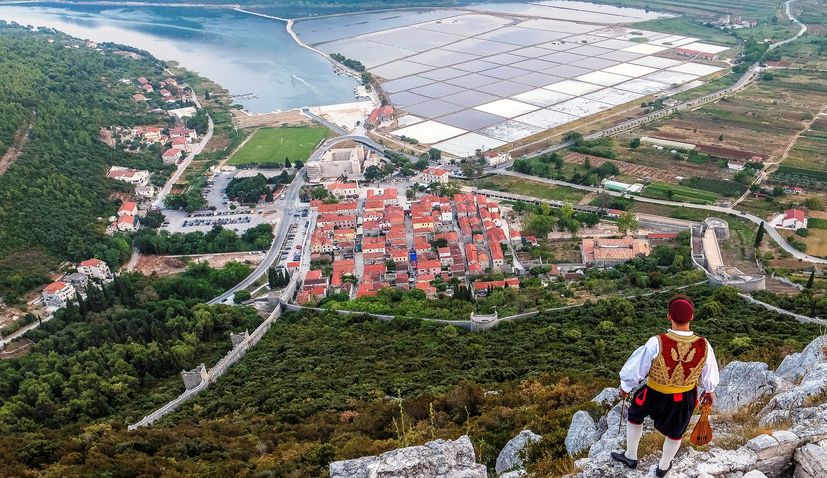
(Photo credit: TZ općine Ston)
The layout of the Walls of Ston is an irregular pentangle shape that links Ston to Mali Ston. Within the walls, there are three streets running from north to south and three others running from east to west, forming 15 equal blocks with 10 houses in each. The residential buildings surround the edges of the blocks, while the Gothic Republic Chancellery and the Bishop’s Palace are prominent public buildings.
The main streets are 6 meters wide, while the southern street is 8 meters wide, and the side streets are two meters wide. The walls can be entered through two city gates: the Field Gate (Poljska vrata), which has a Latin inscription and dates back to 1506, and another gate. The fortress Veliki kaštio in Ston, Koruna in Mali Ston, and the fortress on Podzvizd hill (224 m) are the three main centers of the system.
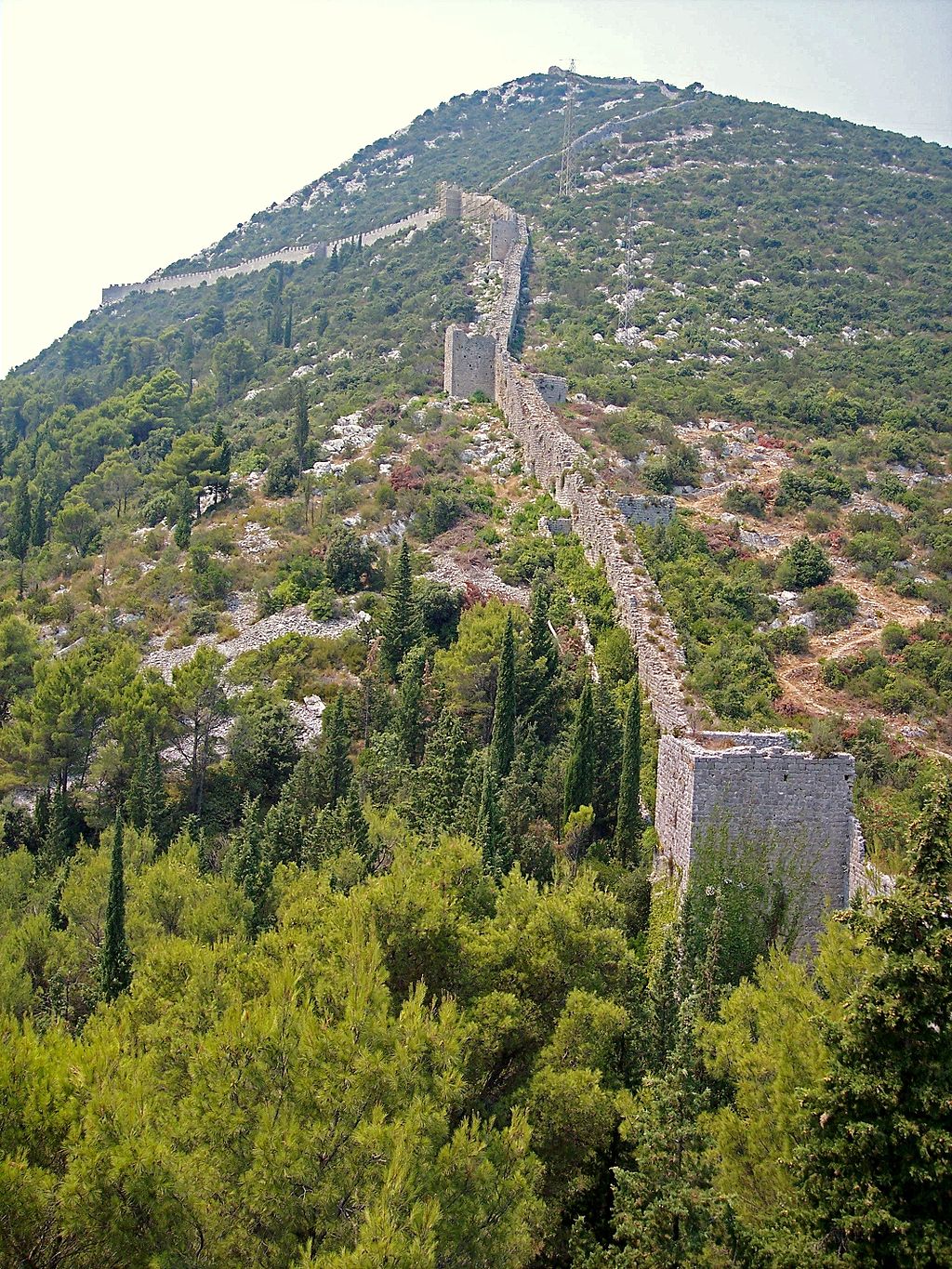
(Photo: László Szalai/Public domain)
The Walls of Ston were not only used for defense purposes but were also an important aspect of the Republic of Ragusa’s economic power. The walls were built using materials from the nearby Pelješac peninsula and were constructed to protect the valuable salt pans. However, after the fall of the Republic, demolition work began on the walls, and the Austrian authorities took materials from the walls to build schools, community buildings, and a triumphal arch.
Despite the damages caused over the years, the Walls of Ston are an impressive site to behold. The walls offer a glimpse into the medieval past of Croatia and the Republic of Ragusa. The walls are also an excellent example of the city plan of Dubrovnik, which was used as a model for Ston.
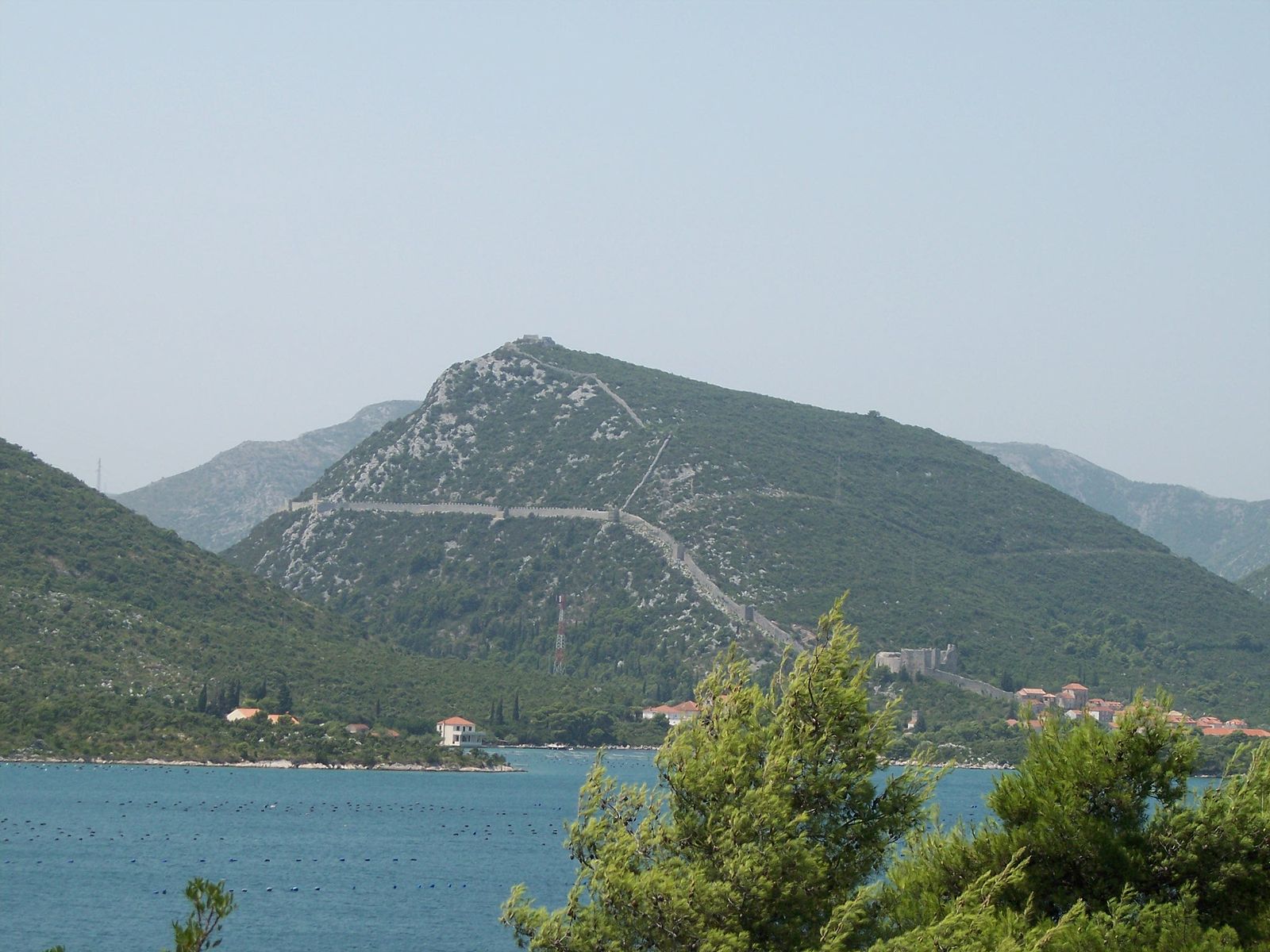
(Photo: László Szalai/Public domain)
Visitors can explore the walls and appreciate the remarkable engineering skills of the medieval architects who built them.
The Walls of Ston in Croatia are a unique and impressive destination that tourists should not miss. They offer a glimpse into the medieval past of Croatia and the Republic of Ragusa and are an excellent example of medieval fortifications. The walls have stood the test of time and continue to be a testament to the impressive engineering skills of the past.

